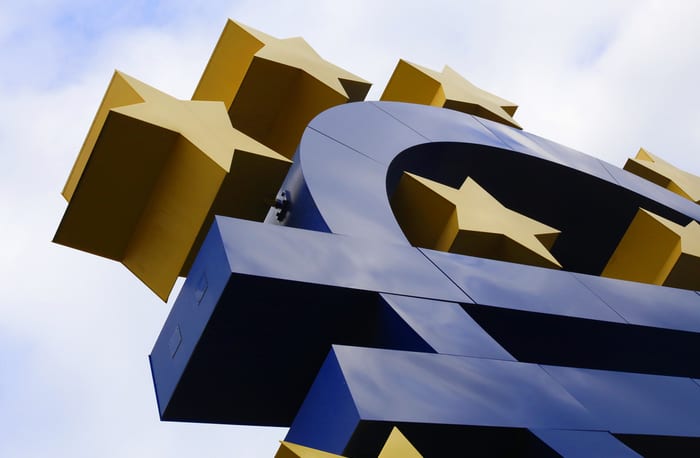
The European Central Bank (ECB) is hoping to revitalize the eurozone economy with a stimulus package consisting of a lower main deposit rate and a new bond-buying program, CNBC reported on Thursday (Sept. 12).
ECB also relaunched its quantitative easing (QE) program and said it would begin buying 20 billion euros worth of assets monthly starting Nov. 1.
The interest rate was slashed 10 points to negative 0.5 percent, a record low. The central bank could drop the rate even more, depending on inflation.
“In view of the weakening economic outlook and the continued prominence of downside risk, governments with fiscal space should act in an effective and timely manner,” ECB President Mario Draghi said at a press conference on the stimulus package, the news outlet reported.
“In countries where public debt is high, governments need to pursue prudent policies that will create the conditions for automatic stabilizers to operate freely. All countries should reinforce their efforts to achieve a more growth-friendly composition of public finances,” Draghi added.
The ECB also changed its TLTRO (targeted long-term refinancing operations) rate to improve lending conditions. A two-tier rate system was introduced to help ease the profit squeeze caused by negative interest rates.
“In order to support the bank-based transmission of monetary policy, the Governing Council decided to introduce a two-tier system for reserve remuneration, in which part of banks’ holdings of excess liquidity will be exempt from the negative deposit facility rate,” Draghi said.
Last month, the ECB granted eurozone financial institutions additional time to cover unpaid loans. Banks will now have three years to cover an unsecured delinquent loan and nine years if the note is backed by real estate. Borrowers with other types of collateral will have seven years to repay.
Eurozone banks have almost halved non-performing loans to 642.5 billion euros ($713 billion) at the end of March, compared with over a trillion in 2015.